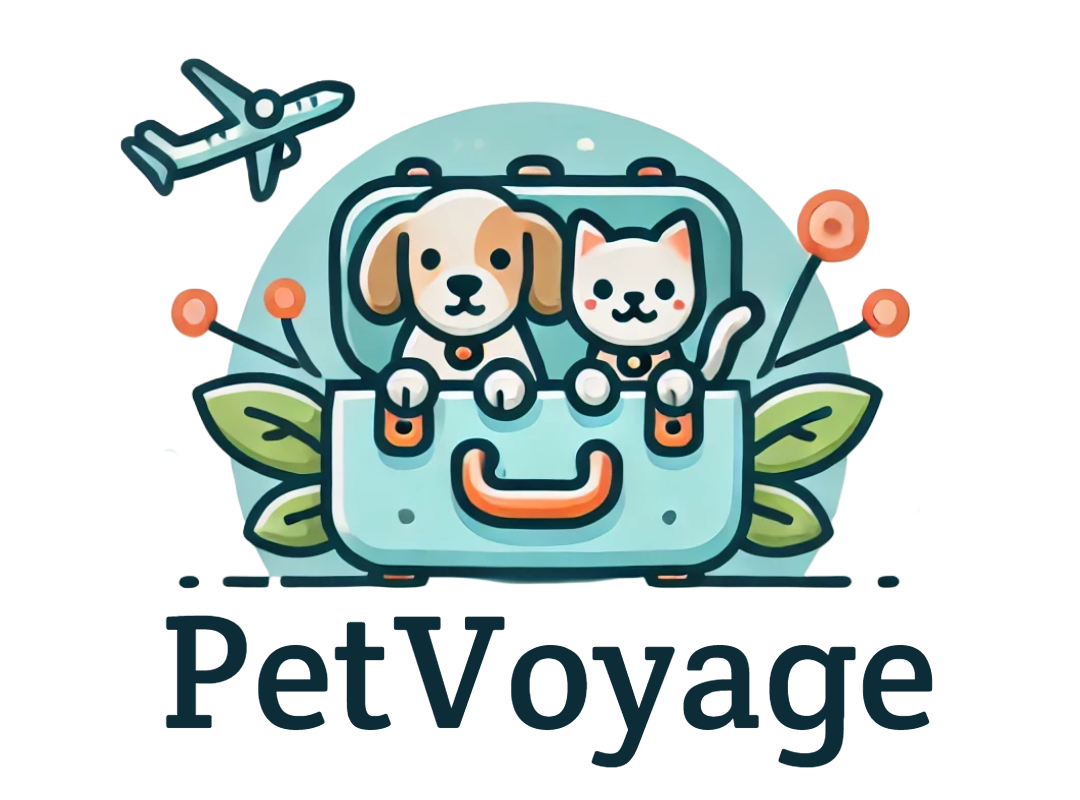Compare Pet Travel Policies Easily
Select airline, view summary, explore sections, shop travel supplies.

Seaborne Airlines

Shop Dog Travel Supplies
Carriers, crates, harnesses, travel kits, medical bags — stress-free travel for dogs.
Pet Policy Summary

Pet Travel Concierge
Full-service help with flights, paperwork, and ground transport.
Health Requirements
Microchip: no
Health Certificate: no
Vaccinations: Not specified.
Restrictions
Brachycephalic Breeds:
Dangerous Breeds: Dogs: American Bully, American Pit Bull Terrier, American Staffordshire Terrier, Boston terrier, Boxer, Brussels Griffon, Bulldogs, Chinese Pug, Chow Chow, Dutch Pug, English Bull Dog, English Toy Spaniel, French Bull Dog, Lhasa Apso, Japanase Boxer, Japanase Pug, Japanese Spaniel, Mastiff (All Breeds), Pekinese, Pit Bull, Pug, Shar Pei, Shih Tzu, Staffordshire Bull Terrier, Tibetan Spaniel, Cats: Burmese, Exotic Shorthair, Himalayan, Persian
Support Animals
Service Animals: The cabins of most commercial airplanes are confined spaces with passengers seated closely together. Animals onboard may pose risks to safety, health, and well-being of passengers and crew, and may affect the safe operation of the aircraft. Accommodations for passengers traveling with service animals must balance these concerns. The Federal Aviation Administration Reauthorization Act of 2018 sets minimum standards for service animals: Travelers should contact their maritime company for specific service animal policies, as some cruise lines may not accommodate animals, service dogs in training, or emotional support dogs. When traveling aboard ships with service dogs, consider the following: Regarding entry to the United States with foreign-vaccinated service dogs:Service Animals (In-Cabin & Support)
Emotional Support: Seaborne Airlines welcomes travelers with service or emotional support animals in the aircraft cabin if they meet certain requirements: If traveling with an Emotional Support or Psychiatric Service Animal, documentation must be submitted at least 48 hours prior to travel via email to Seaborne Airlines at reservations@seaborneairlines.com. This helps avoid having your service animal travel as a pet (mascot), which would require meeting all applicable requirements and fees. Requests for Emotional Support or Psychiatric Service Animals are not confirmed until the animal can be visually verified at the airport check-in counter.Emotional Support Animals
Carrier Details
Compartment: For your pet’s safety, travel is not allowed if the current or forecasted temperature exceeds 85°F at any location on the itinerary.In-Cabin Carrier Details
Cargo: Acceptance of animals is subject to the following conditions: Seaplane Pet Travel: Pets are only allowed in the cargo hold in a hard kennel. Soft kennels are not permitted inside the cabin. Kennel Guidelines for Cargo Pets: USDA Requirements for Kennels:In Cargo Carrier Details
Reviews
No reviews yet. Be the first to leave a review!

Shop Cat Travel Supplies
Carriers, calming oils, seat boosters, backpacks — stress-free cat travel.
